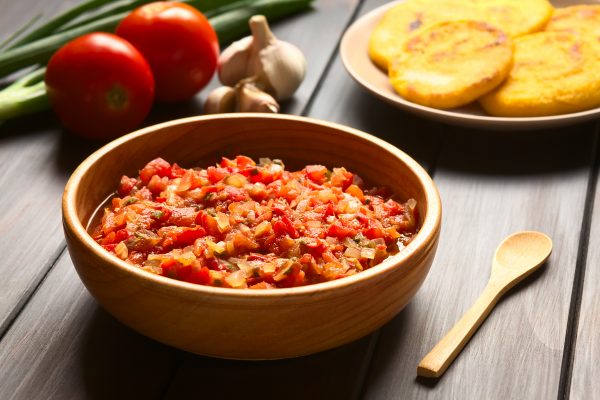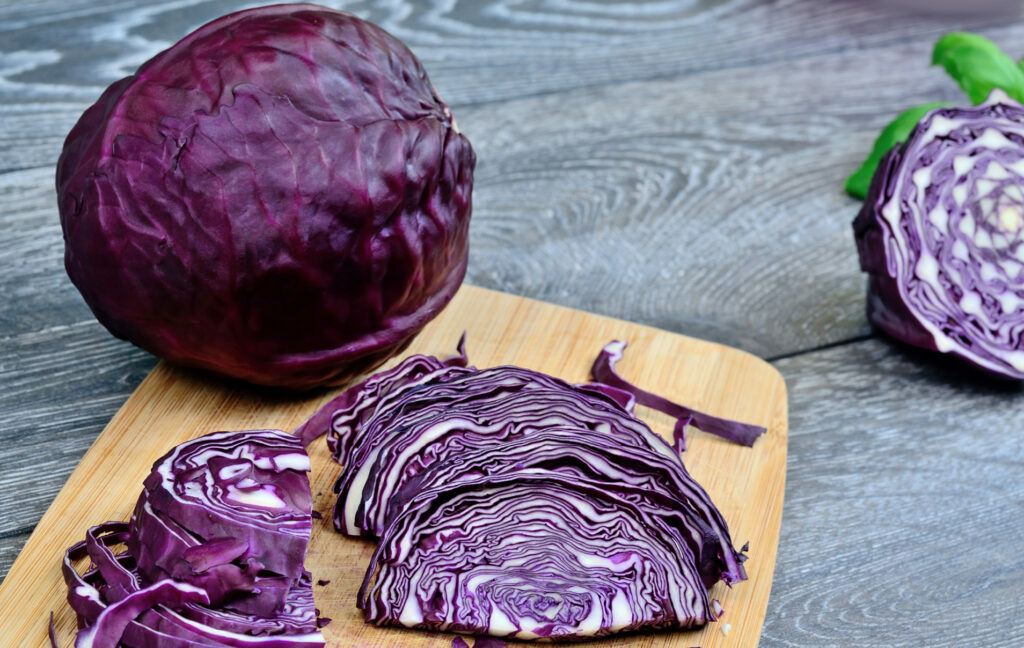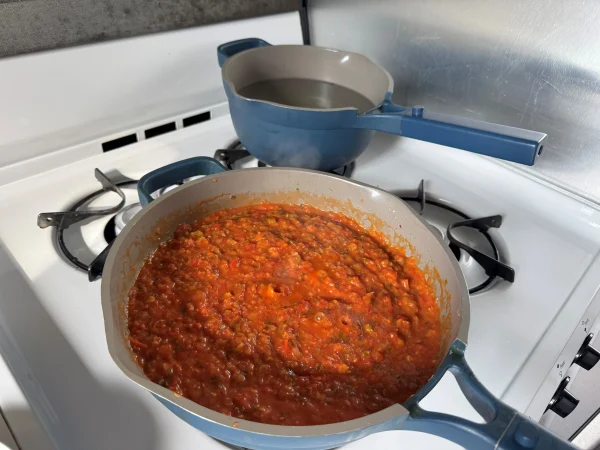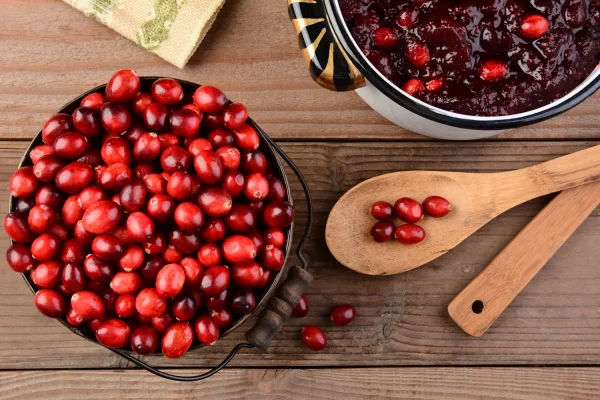
Tatiana Iglesias on Hogao and the Smell of Home
A kitchen conversation with Chef Tatiana Tatiana Iglesias is a Venue Manager & Chef and a frequent contributor to Great Performances’ Chefs’ Choir(SM) series. She








A simple dish that’s crunchy and flavorful!
Prep Time:
15 minutes


A kitchen conversation with Chef Tatiana Tatiana Iglesias is a Venue Manager & Chef and a frequent contributor to Great Performances’ Chefs’ Choir(SM) series. She

Jump to Recipe Each month, our Food Festival series celebrates a single ingredient or dish through a chef-driven recipe, practical tips, and serving inspiration rooted

Jump to Recipe About Chefs’ Choir® A chorus of culinary voices from Great Performances—our chefs step out of the kitchen to share recipes, stories, and

Jump to Recipe About Chefs’ Choir® A chorus of culinary voices from Great Performances—our chefs step out of the kitchen to share recipes, stories, and

Jump to Recipe About Chefs’ Choir® A chorus of culinary voices from Great Performances—our chefs step out of the kitchen to share recipes, stories, and

Chef de Cuisine Omar Hegazi shares a recipe for a braised lamb shank, perfect for a holiday feast.

Inspired by Anastassia’s Russian roots, these soft honey cookies are easy to mix, fun to shape, and perfect for little helpers to decorate.

A comforting centerpiece, this slow-roasted chicken blends professional technique with home-style warmth. Set over a bed of vegetables that caramelize as they cook, it’s an easy yet impressive dish for any gathering.